Retro Replay Review
Gameplay
Hack delivers a rich, turn-based dungeon-crawling experience that rewards patience, strategy, and careful planning. You begin by choosing from several character classes—each with unique strengths and weaknesses—and then descend into an ever-changing labyrinth filled with traps, treasures, and creatures. Movement and actions are controlled by single-key commands, a design choice that emphasizes precision and memorization, turning every keystroke into a meaningful decision.
(HEY YOU!! We hope you enjoy! We try not to run ads. So basically, this is a very expensive hobby running this site. Please consider joining us for updates, forums, and more. Network w/ us to make some cash or friends while retro gaming, and you can win some free retro games for posting. Okay, carry on 👍)
Combat in Hack is deceptively simple: you press a movement key to engage an enemy, but the outcomes are anything but predictable. Monsters possess a range of offensive and defensive abilities, from petrification attacks to hidden resistances, and defeating one foe may trigger chain reactions involving other creatures or environmental hazards. Throwing a boomerang, for instance, can rebound unpredictably, turning your own weapon into a threat.
Resource management is at the heart of the experience. Food, potions, scrolls, and magical wands make for high-stakes choices—do you drink a suspicious potion now, or save it for a later floor? Should you risk unleashing a fire bolt in a narrow chamber, potentially scorching your valuable scrolls? These cascading interactions give rise to emergent storytelling, ensuring that no two runs through the dungeon ever feel the same.
Graphics
Graphically, Hack embraces the aesthetics of early computer games, displaying its world entirely with ASCII characters. Walls are delineated by “#” symbols, hallways by “.”, and monsters by letters such as “D” for dragons or “g” for goblins. While this text-based presentation may seem austere by modern standards, it allows the player’s imagination to fill in the details, creating a personalized and immersive atmosphere.
The minimalist graphics also serve a practical purpose: clarity. Every symbol on the screen corresponds directly to an object or creature, making it easy to differentiate between a trapdoor, a pile of gold coins, or a lurking enemy at a glance. There are no flashy animations or particle effects—each move you make updates the entire dungeon state, reinforcing the turn-based nature of the gameplay.
In addition, the stripped-down visuals ensure that Hack is accessible on virtually any machine, from vintage terminals to modern PCs. This low barrier to entry is part of its enduring charm, letting players focus on the depth of mechanics rather than on hardware requirements. For fans of retro gaming or anyone curious about the origins of the roguelike genre, the iconic ASCII presentation is a defining feature.
Story
The narrative of Hack is minimal but effective, focusing on the archetypal quest to delve into a monster-infested dungeon and recover hidden treasures. There’s no elaborate cutscene or voiced dialogue—story emerges organically from your choices, your triumphs, and, just as often, your blunders. Each casualty, surprise ambush, or lucky find contributes to a personal saga you’ll recount long after the session ends.
An important aspect of Hack’s storytelling lies in its unpredictable interactions. Discovering that eating a leprechaun grants random teleportation, or that stepping on a basilisk’s corpse can petrify you, creates memorable moments that feel like discoveries within a living world. The hidden properties of objects and creatures reward experimentation and curiosity, encouraging you to test theories and learn from each fatal mistake.
While there’s no overarching plot beyond “go deeper, get richer,” the game world feels coherent thanks to its logical ruleset. Magic wands fire bolts that bounce realistically off walls, scrolls can burst into flames, and monsters behave consistently according to their species. This emergent storytelling ensures that your dungeon crawl is never just a sequence of levels, but rather an unfolding adventure shaped by your actions.
Overall Experience
Hack stands as a landmark in the history of computer RPGs, offering a depth of gameplay mechanics that still resonate with modern roguelike enthusiasts. Its blend of strategic combat, resource management, and emergent interactions creates a challenging yet rewarding loop—every session tests your adaptability and teaches you new lessons about risk and reward. The steep learning curve is balanced by the satisfaction of mastering its systems and achieving a deep run.
Despite—or perhaps because of—its stark, text-based graphics, Hack shines as an exercise in pure game design. There are no hand-holding tutorials; success comes from experimentation, memorization, and creative problem-solving. The unpredictable nature of each dungeon reinforces replayability, ensuring that you’ll return again and again, seeking to delve one floor deeper or eke out a narrow victory where before you perished.
For those interested in the roots of modern roguelikes or in a gameplay-focused challenge that prioritizes depth over flash, Hack remains a must-play. It may not boast a sprawling story or cutting-edge visuals, but its intricate mechanics and emergent storytelling make it a timeless classic. Whether you’re a veteran of the genre or a newcomer eager to explore gaming history, the dungeon of Hack promises countless hours of strategic intrigue and memorable mishaps.
 Retro Replay Retro Replay gaming reviews, news, emulation, geek stuff and more!
Retro Replay Retro Replay gaming reviews, news, emulation, geek stuff and more!
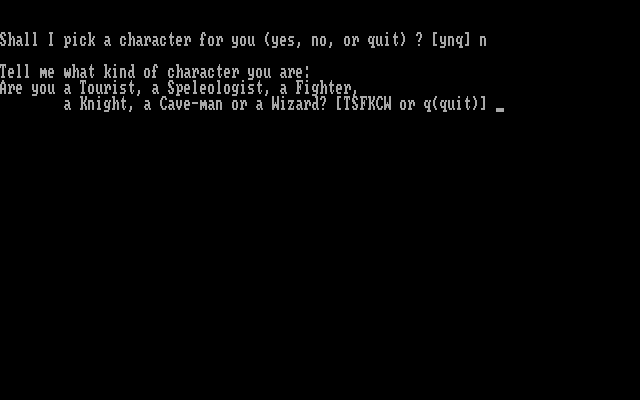
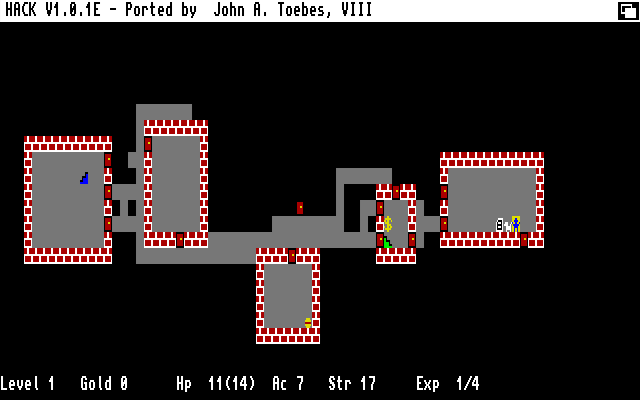
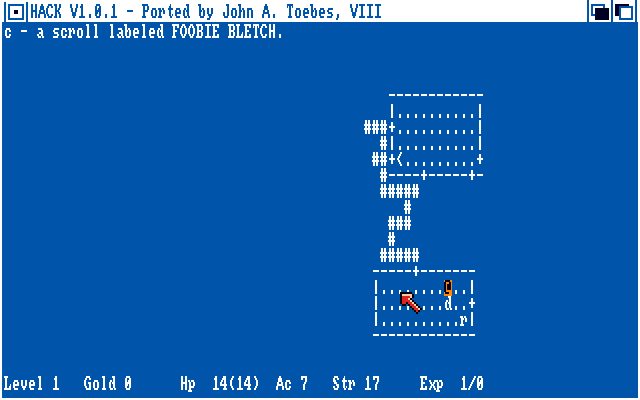
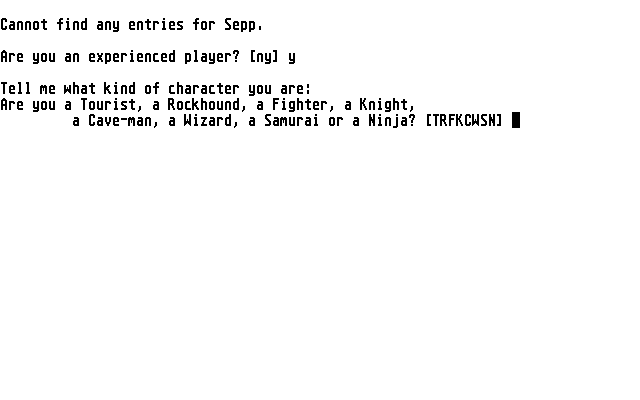
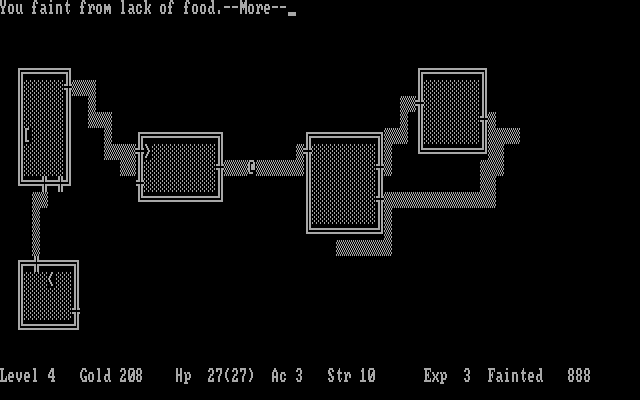
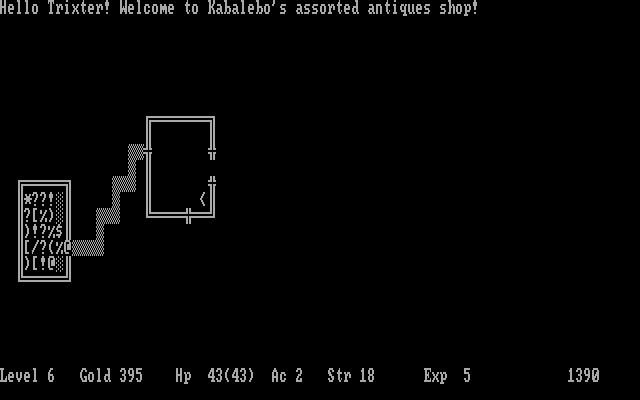



Reviews
There are no reviews yet.